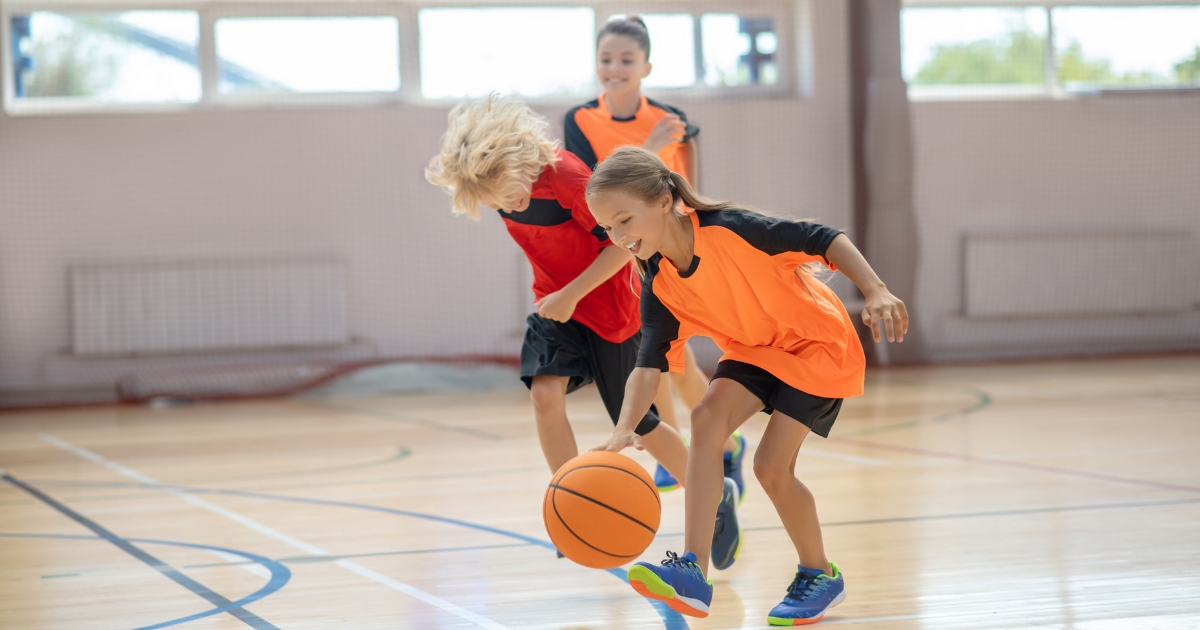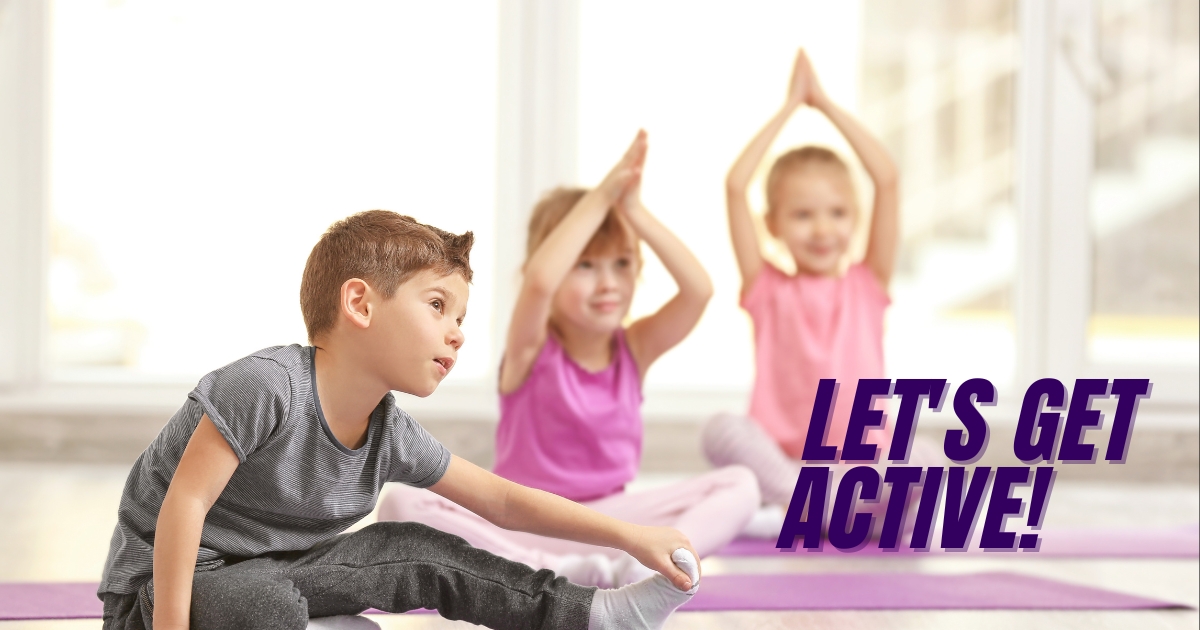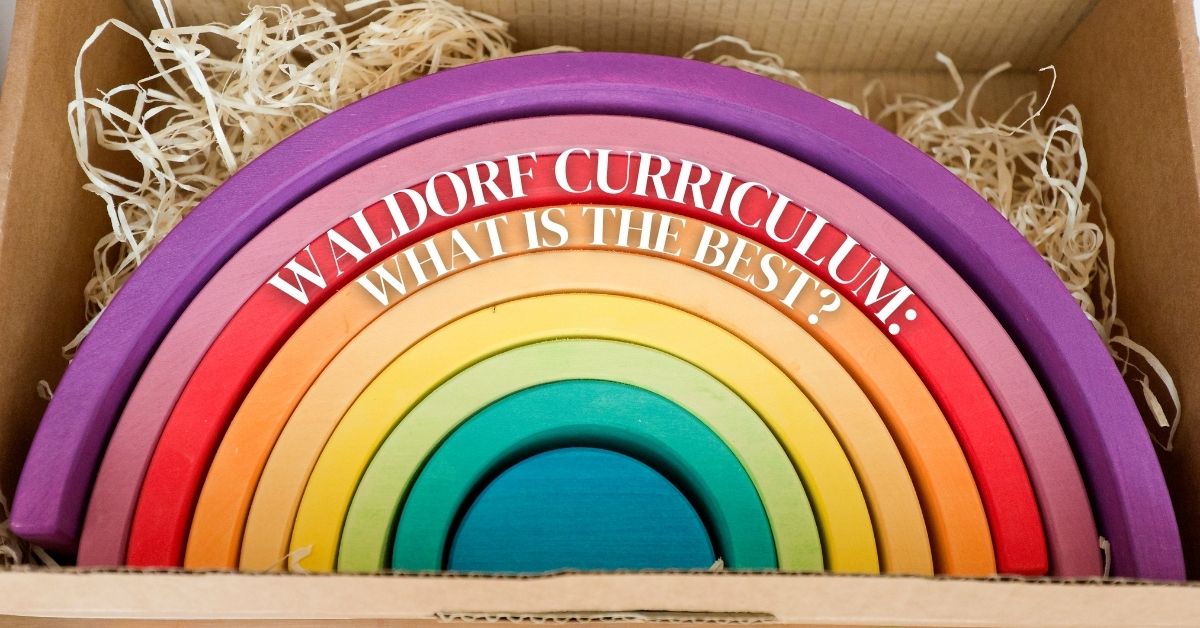Physical education may often take a back seat in homeschooling schedules, but it’s vital for well-rounded child development. Beyond improving physical fitness, movement plays a big role in boosting mental clarity and emotional well-being. Homeschool parents have the unique opportunity to make PE engaging, fun, and adaptable to their family’s needs. From creative games to skill-building exercises, there are countless ways to help kids stay active and energized throughout their homeschooling day.
Including physical education in your homeschool routine isn’t just about meeting a checklist requirement. Regular physical activity can improve your child’s overall health, from building muscle strength to improving heart health. It also sharpens cognitive skills. Many studies show that active kids perform better academically and have longer attention spans.
PE isn’t just beneficial physically and mentally; it helps teach key life lessons. Activities focused on teamwork, perseverance, and goal-setting prepare kids for real-world challenges. Homeschooling gives you the flexibility to tailor PE to your family’s specific goals, creating a program that feels less like a chore and more like an adventure.
How To Set Up A P.E. Routine At Home
Building a routine for physical education doesn’t require expensive gym equipment or a designated sports field. With a little creativity, you can design a program that works perfectly within your home setup and available resources.
- Consistency Is Key
Dedicate specific times to PE, such as mornings or afternoons, and stick to the schedule. Whether it’s 20 minutes every day or three longer sessions per week, having a consistent plan will help kids establish fitness as part of their routine. - Activities That Evolve Over Time
Younger kids may enjoy games like tag or hopscotch, while older children might prefer skill-based challenges like basketball or yoga. Adapt as your kids grow and their interests change. - Set Mini Goals
Collaboratively create goals with your kids, like learning a new sport or increasing the number of push-ups they can do. Goals encourage them to stay motivated and track their progress. - Monitor Effort, Not Perfection
Physical activity is about growth and effort, not necessarily achieving athletic perfection. Celebrate milestones, no matter how small. - Rotate Activities
Regularly switching up PE tasks keeps things fresh and fun. Incorporate cardio, strength training, stretching, and games so no two days feel the same.

Fun And Effective Activities For Active Kids
Making physical education a highlight of your homeschool day is easy with activities that entertain while keeping kids moving. Here are some practical options suited for any space.
Indoor-Friendly Ideas
- DIY Obstacle Courses: Arrange pillows, chairs, and other household items into fun obstacles where kids can crawl, jump, or balance. Time them to see if they can beat their own records.
- Dance Parties: Crank up the music and encourage kids to freestyle or copy choreographed dance moves. Apps like Just Dance offer guided fun.
- Yoga for Beginners: Use kid-friendly yoga videos to teach your children fun poses. It’s great for calmness, flexibility, and balance.
- Exercise Challenges: Ask questions like, “How long can you hold a plank?” or “How many sit-ups can you do in two minutes?” and turn physical skills into mini-competitions.
Outdoor Ideas for All Weather
- Nature Walks and Runs: Take to the local park or trail for a family jog or nature exploration. Incorporate learning by identifying plants or tracking distances.
- Backyard Sports: Soccer matches, badminton games, and throwing Frisbees are enjoyable ways to improve coordination and get the heart rate up.
- Hiking Adventures: Choose trails that match your kids’ abilities, and make the experience interactive by finding landmarks or completing a trail checklist.
Solo and Team Fitness Challenges
- Relay Races: Create a relay-style course where kids pass a baton while completing mini-challenges like jumping rope or dribbling a soccer ball.
- Wall Ball Games: Encourage coordination by having kids aim for marks on a wall using tennis or rubber balls.
- Balance and Agility Courses: Use logs, jumping mats, or marked lines to challenge your kids to maintain their balance as they move.
Encouraging Play And Natural Movement
While structured physical education has its value, free play is equally important. Play allows kids to explore their natural abilities, build creativity, and find joy in movement without the constraints of rules or directions. Regardless of their age, provide your children with daily pockets of unstructured time where they can run, climb, or play pretend outdoors.
Consider investing in some simple backyard equipment like swings, a small trampoline, or a balance beam to encourage additional movement. However, even without equipment, freedom to roam and explore can spark endless fun. Activities like creating chalk obstacle courses on the driveway or building pretend forts in the yard promote active imagination and exercise at the same time. Remember, play doesn’t have to look productive. The goal is simply to keep them active and happy.
Tips for Staying Consistent with PE
Staying consistent with homeschool PE requires motivation and a little bit of planning. Here are tips to help you maintain fitness as a priority for your children:
- Integrate Movement Breaks
Add energizing breaks between lessons. Five minutes of jumping jacks, stretches, or silly dancing can help refocus your kids for the next subject. - Create Visual Incentives
Use a whiteboard or chart to track completed PE sessions or milestones. Add stickers or other motivators to reward progress and consistency. - Keep It Fun
Forget the drill-sergeant approach. Spontaneous challenges, varied activities, and plenty of giggles create positive PE experiences. - Explore Local Opportunities
If you’re part of a homeschool network, look into nearby collaborations like fitness groups, swim classes, or community yoga sessions designed for kids. - Be Flexible
If it’s raining, swap the soccer field for an indoor game of Simon Says. If kids are restless, try higher-energy activities like tag or jumping challenges.
Why Movement Is A Long-Term Investment
Physical education isn’t just about fulfilling a subject requirement; it’s about creating habits that promote wellness for life. When kids learn that movement is fun and rewarding, they’re more likely to pursue active lifestyles as adults. Skills they build during homeschool PE, like discipline, persistence, and goal-setting, also translate into other areas of life, from academics to relationships.
Homeschool parents have the advantage of making this process personal. Tailoring activities to suit your child’s personality means you’re creating a foundation for lifelong health. Teach them that physical education isn’t just another “to-do” item on their schedule. Instead, it’s an opportunity to connect with themselves, challenge their limits, and discover new abilities.
Simple Tools and Resources to Enhance PE
You don’t need a fancy gym setup to make your homeschool PE effective. Here’s a list of simple and affordable tools that offer versatility in physical activities:
- Jump ropes for cardio and coordination.
- Hula hoops for fun, energy-burning exercises.
- Lightweight balls for soccer or kicking drills.
- Yoga mats for low-impact stretching and flexibility sessions.
- Resistance bands to introduce light strength training.
Having these on hand ensures that your PE choices adapt to energy levels, space constraints, and varying preferences.
Creating Positive Experiences Around PE
Positive reinforcement and creativity make homeschool PE less about “working out” and more about joyful movement. Setting goals as a family, like completing a nature trail or trying a new exercise together, inspires teamwork. Keeping the tone upbeat ensures your children will approach fitness with laughter rather than reluctance.
Your role as both their educator and workout buddy helps shape their perception of health and activity in the years to come. Whether it’s creating a family kickball league or participating in an online fitness challenge as a unit, the shared experience enriches family relationships while keeping everyone active.
Between structured plans, playful moments, and resourceful tools, homeschool physical education can be as enriching and enjoyable as any academic subject. By exploring multiple ways to keep your kids moving, you’re teaching them one of life’s most important lessons—that staying active can be both fun and fulfilling.





